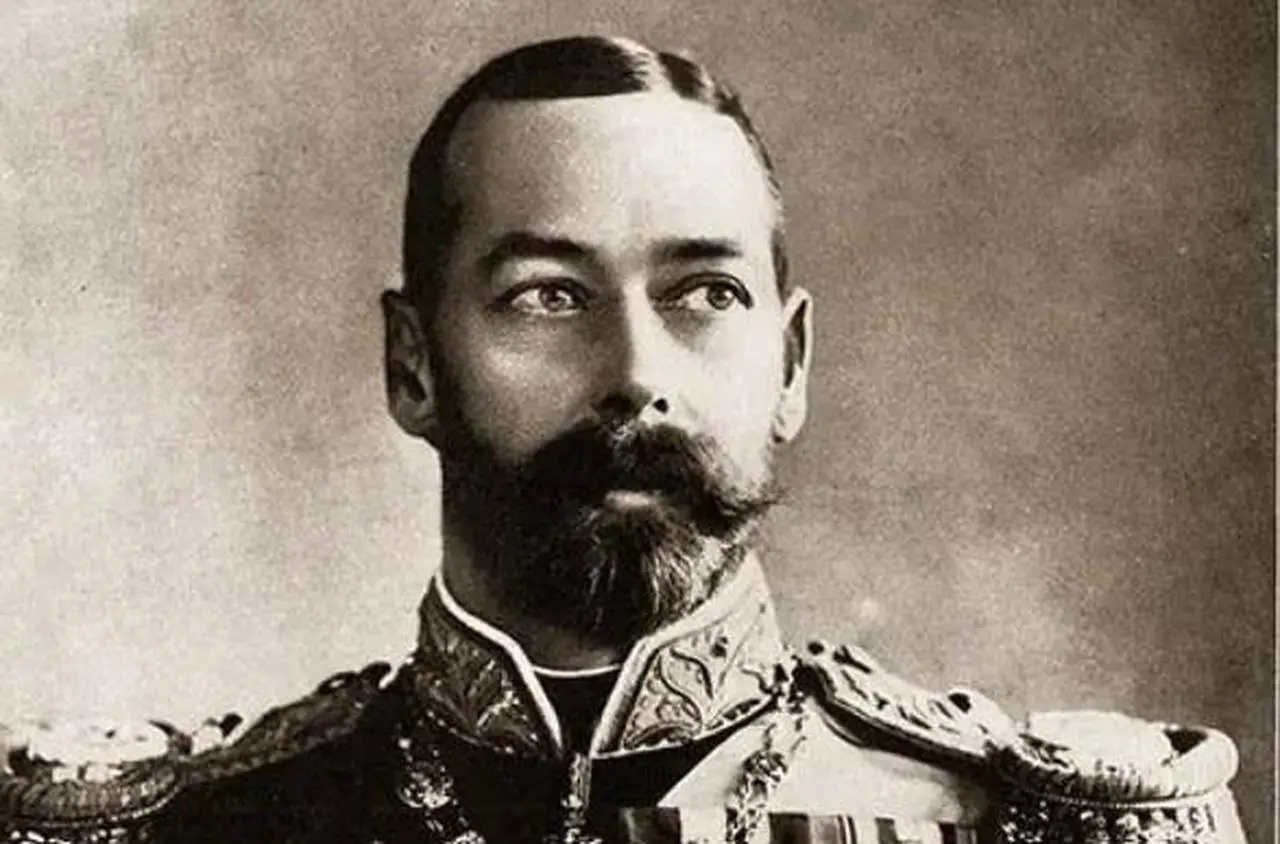George V of England Biography
Portrait Photograph of George V, King of Great Britain and Ireland, and Emperor of India. Collier's Photographic History of the European War, 1916. GGA Image ID # 18955f367d
The Most Popular Man in England—His Energetic Queen—The Royal Family in the War—The Prince of Wales
PlayUnmuteLoaded: 12.35%Remaining Time -5:19CaptionsPicture-in-PictureAuto(360pLQ)ShareFullscreenImmigrant Types - Social and Cultural History
WHENEVER kings and queens make their appearance in public, the populace is expected to indulge in a becoming amount of demonstration, cheering and shouting, "God save the King!" and similar sentiments in the language of the country.
Unless a revolution is in progress, the people usually respond with as much sincerity as they can muster. But it is not hard to gauge a nation's affection for its sovereign when he is greeted by a spontaneous burst of genuine enthusiasm such as is described by a London paper in speaking of England's King:" 'Good old George!'
This may not at first blush appear to be a very respectful way of hailing one's sovereign, but it is the shout that rang out in Hyde Park when His Majesty reviewed the Legion that marches under the Silver Badge. Among Englishmen, the adjective 'old' when applied to a man indicates not age, but affection, that he is loved.
In this sense, it was applied to the King in Hyde Park, and none knew better than our sovereign how to take it. It told him, indeed, the depth of homely affection in which he is held. And it is betraying no royal confidence to say that it went straight to his heart." (The Literary Digest, 15 February 1919)
Early Life
George V, son of Edward VII and grandson of the adored Victoria, was born at Marlborough House, London, on 3 June 1865. He was brought up very simply, without much of King's intensive training- ship that one might expect.
The reason was, partly, because he was the younger of the two boys, with consequently a more remote chance of ruling, and somewhat because his father had been forced to spend his life in arduous preparation for the throne that he waited for so long. He was determined that his son should not be so burdened.
Edward, agreeing with an earlier king that "the best training for an English gentleman is aboard an English man-of-war," sent the two boys to Dartmouth to be trained for the Navy.
In 1879 they embarked on the Bacchante for a three-year voyage around the world, accompanied by their tutor, Canon Dalton. The young princes received no homage for their rank; in the democracy of the sea, they were known as "Sprat" and "Herring."
After this voyage, George was sent to the Continent for the customary princely tour to learn French and German. He became proficient in these languages but was never the accomplished linguist that his father was.
King George V continued his Navy career; in 1884, he was appointed sub-lieutenant on the ship Canada; and served subsequently on the Dreadnought and the Alexander. Before he was twenty-five, he had command of the Thrush.
The Queen

Great Welcome Extended to President in England. The President and Mrs. Wilson in Buckingham Palace, London, Photographed in Company of King George, Queen Mary and Their Daughter, Princess Mary Photograph © Central News Service. The War of the Nations, New York Times, 1919. GGA Image ID # 1961a9379e



Leave a Comment